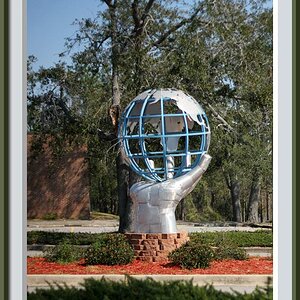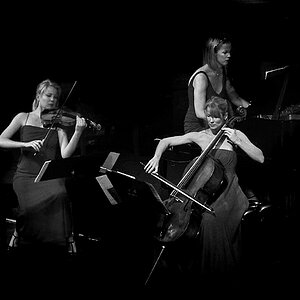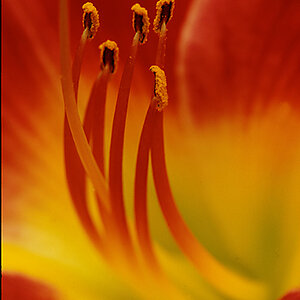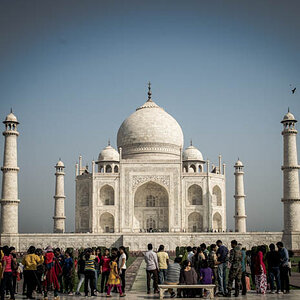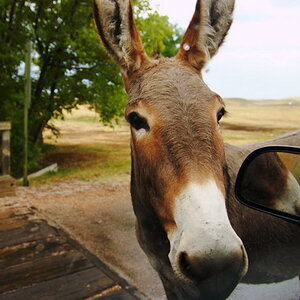funkenjaeger
TPF Noob!
- Joined
- Sep 28, 2010
- Messages
- 10
- Reaction score
- 0
- Location
- NH
- Can others edit my Photos
- Photos OK to edit
In analyzing my photos to try to identify what I could have done better, I feel like I'm sometimes stumped when it comes to sharpness. Focusing accuracy, camera shake, and the overall sharpness of the lens are the big factors I'm aware of.
I know enough to look for any particularly sharp areas outside of the intended focal point to look for a focus issue. Camera shake is obvious enough when there's visible motion blur, but when the overall picture is just a bit too soft I'm never really sure if it's due to some slight camera shake or if it's just the lens. Of course it's easy to just assume it's the hardware's fault, but I know that's usually not a good assumption until it's proven.
A recent example shot, untouched except for cropping:

Larger crop:

(Rebel XS, Canon EF-S 55-250mm IS @ 250mm f/5.6, ISO 800, 1/45 sec on a monopod with my unsteady hands, at a distance of probably 30 feet from the subject)
Are there any tips/tricks for identifying root cause? Or anything I'm missing? Or is there just no sure way to tell just from looking at the shot?
Advice appreciated.
I know enough to look for any particularly sharp areas outside of the intended focal point to look for a focus issue. Camera shake is obvious enough when there's visible motion blur, but when the overall picture is just a bit too soft I'm never really sure if it's due to some slight camera shake or if it's just the lens. Of course it's easy to just assume it's the hardware's fault, but I know that's usually not a good assumption until it's proven.
A recent example shot, untouched except for cropping:

Larger crop:

(Rebel XS, Canon EF-S 55-250mm IS @ 250mm f/5.6, ISO 800, 1/45 sec on a monopod with my unsteady hands, at a distance of probably 30 feet from the subject)
Are there any tips/tricks for identifying root cause? Or anything I'm missing? Or is there just no sure way to tell just from looking at the shot?
Advice appreciated.
Last edited:




![[No title]](/data/xfmg/thumbnail/37/37616-5e9d06af384cf745ad31a513e49183a9.jpg?1619738151)
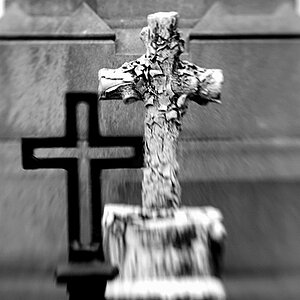
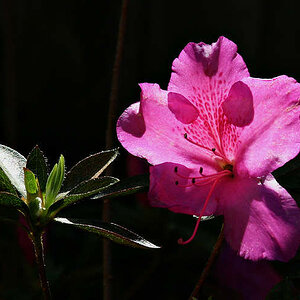
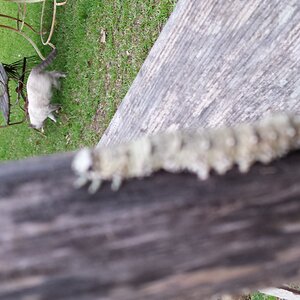
![[No title]](/data/xfmg/thumbnail/34/34041-c8aed4d2c55b167d1ec03d9cfbaca453.jpg?1619736250)
![[No title]](/data/xfmg/thumbnail/41/41490-6af71315284539e04ae1878cda0d613f.jpg?1619739818)
![[No title]](/data/xfmg/thumbnail/42/42061-9f4eb186c434652d6587c8bcdde59502.jpg?1619739997)
